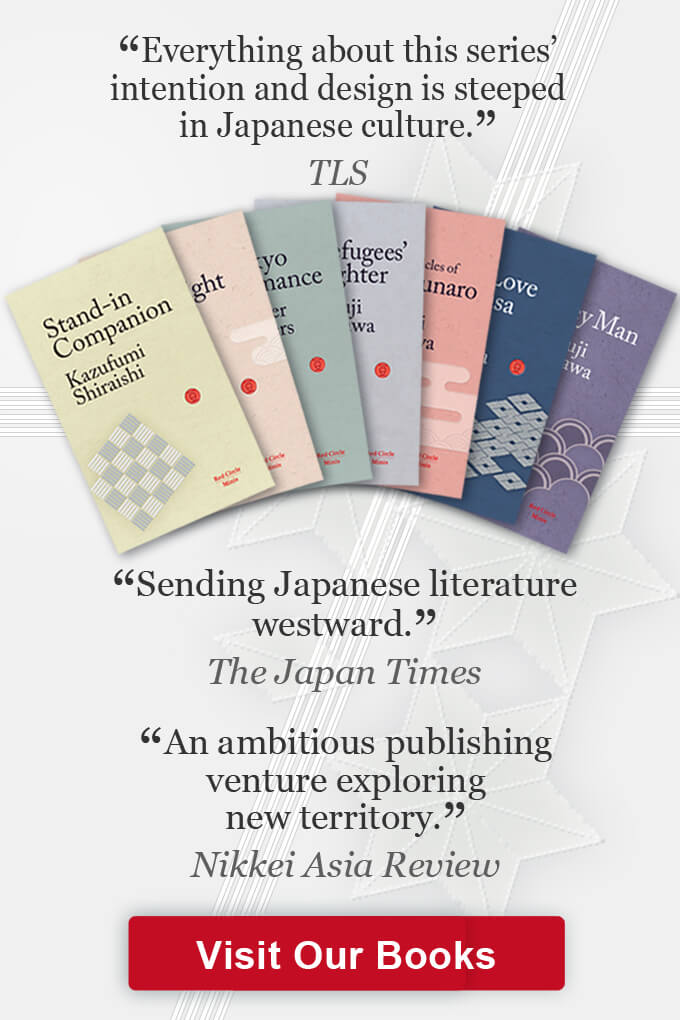- Science
Japan’s most expensive book was published in 1984 with a retail price of US$17,000[UPDATED: 11-5-2021]
Japan’s most expensive book, an edited collection of manuscripts by Claudius Ptolemaeus (100-168), was published in two-volumes by the Japanese publisher Iwanami Shoten in 1984, just before Japan’s infamous economic bubble (1986-1991), with a retail price of 1,930,000 yen.
Ptolemaeus’ astronomical treatise, an astronomy textbook and star catalogue, is generally referred to as the Almagest.
Copies of the extremely expensive Japanese edition, Uchushi, Cosmography, a collection of reproductions of Ptolemaeus manuscripts, including analysis and commentary by Torataro Shimomura (1902-1995), a philosopher and a science historian and others, are available at the National Diet Library in Tokyo.
One of the volumes that can be viewed at the National Diet Library, which consists mostly of maps, is numbered as the 239th of a limited edition.
According to information contained within the book, which is large and heavy, the volume was printed in Germany in 1983 and is based on an original edition published in 1472. The publication of the 1984 Iwanami Shoten edition was arranged by Uni Agency Inc.
Ptolemaeus, of Greek-Egyptian heritage, was one of the most influential ancient astronomers. He is famous for his mathematics and geography and his earth-centred cosmology.
His cosmological theory (hypothesis) that the earth was the centre of the universe was held for 1,400 years; until it was refuted by Nicolas Copernicus (1473- 1543) in 1530. When Copernicus wrote De Revolutionibus Orbium Coelestium, On the Revolutions of the Celestial Spheres, in which he argued that the earth, in fact, rotated around the sun. The theory was published in 1543, the year of his death. Despite this local Japanese publishing milestone, one of the most expensive books ever bought was Leonardo da Vinci’s (1452-1519 ) Codex Leicester, a hand-drawn manuscript, which the founder of Microsoft Bill Gates purchased in 1994 for US$30.8 million.
Ptolemaeus’ astronomical treatise, an astronomy textbook and star catalogue, is generally referred to as the Almagest.
Copies of the extremely expensive Japanese edition, Uchushi, Cosmography, a collection of reproductions of Ptolemaeus manuscripts, including analysis and commentary by Torataro Shimomura (1902-1995), a philosopher and a science historian and others, are available at the National Diet Library in Tokyo.
One of the volumes that can be viewed at the National Diet Library, which consists mostly of maps, is numbered as the 239th of a limited edition.
According to information contained within the book, which is large and heavy, the volume was printed in Germany in 1983 and is based on an original edition published in 1472. The publication of the 1984 Iwanami Shoten edition was arranged by Uni Agency Inc.
Ptolemaeus, of Greek-Egyptian heritage, was one of the most influential ancient astronomers. He is famous for his mathematics and geography and his earth-centred cosmology.
His cosmological theory (hypothesis) that the earth was the centre of the universe was held for 1,400 years; until it was refuted by Nicolas Copernicus (1473- 1543) in 1530. When Copernicus wrote De Revolutionibus Orbium Coelestium, On the Revolutions of the Celestial Spheres, in which he argued that the earth, in fact, rotated around the sun. The theory was published in 1543, the year of his death. Despite this local Japanese publishing milestone, one of the most expensive books ever bought was Leonardo da Vinci’s (1452-1519 ) Codex Leicester, a hand-drawn manuscript, which the founder of Microsoft Bill Gates purchased in 1994 for US$30.8 million.

